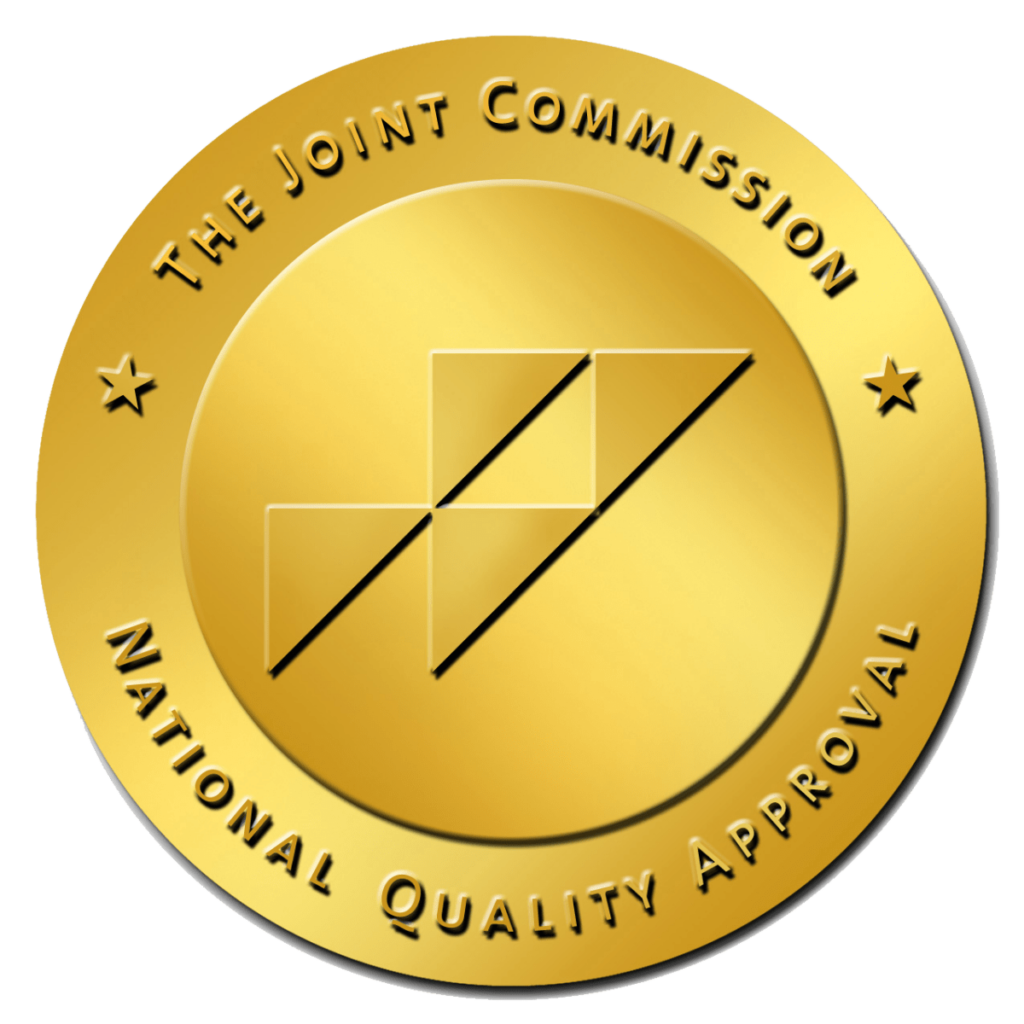If you have never heard of dissociative disorder, that may be because you knew it by a different name. Known as multiple personality disorder until the mid-1990s, dissociative disorder comprises a group of conditions impacting around two percent of the population and generally thought to result from horrific childhood trauma. Dissociative identity disorder (DID) is one of the specific conditions that fall under the larger dissociative disorder umbrella, and March 5 was designated as Dissociative Identity Disorder Day to increase awareness and understanding of the condition.
What is Dissociation?
A lot of people have experienced dissociation at some point or another. Daydreaming, highway hypnosis, and getting “lost” in a really great movie or book are all forms of dissociation. Dissociation is also a coping skill a person may use to detach themselves from something bad they are experiencing, like abuse or combat. In most cases, this detachment does not last very long before the person regains their usual perspective. In a person with a dissociative disorder, however, their detachment can become persistent and result in long-term issues with memory and personal identity.
What Does DID Look Like?
While occasional, short-lived dissociation during times of distress is not uncommon, DID is different from this in a variety of ways:
- A person with DID will have two or more distinct identities that relate differently to people and the environment. These other identities are sometimes referred to as “alters,” “alternate personalities,” or “states of consciousness.” They may sometimes answer to different names, seem to be different ages, and have different food and clothing preferences.
- The identities may have zero or little awareness of what the other is doing, or they may be able to “watch” each other’s actions with varying ability to control what the other is doing.
- DID can result in loss of memory, as each of the identities holds on to different information for the person.
- The person may experience depersonalization, in which their actions, emotions, thoughts, and sensations feel like they belong to someone else.
- Derealization may result in the person feeling like the things they experience are unreal or extremely distorted.
- The person may relive their trauma through flashbacks.
DID Misdiagnosis
Because the symptoms of DID can sometimes overlap with other conditions, the disorder can sometimes be misdiagnosed. People with DID do sometimes experience their alternate identities as auditory hallucinations, which can lead to schizophrenia being diagnosed. The medications given for schizophrenia can then lead to flattened emotions in the patient, which reinforces the inaccurate diagnosis. Borderline personality disorder is another diagnosis that is sometimes mistakenly given to people with DID.
In order for an accurate diagnosis to be made, it is recommend that:
- A medical doctor complete a thorough examination to rule out medical causes for symptoms.
- A qualified mental health professional then complete an assessment to determine the most appropriate mental health diagnosis.
What are the Other Dissociative Disorders?
DID is just one of three conditions that are categorized as dissociative disorders. The other two are:
-
- Dissociative amnesia – this is more severe than ordinary forgetfulness and may result in the person forgetting information about themselves and/or the people and events of their own life, especially around a specific traumatic time of their life. An episode of dissociative amnesia can last for minutes to days and more rarely can last for months or even years.
- Depersonalization-derealization disorder – this condition can present in a few different ways, with a person perceiving time as being sped up or slowed down or having a foggy perception of events, as if their life is a dream or a movie they’re watching instead of something they actively participate in and control. Symptoms may last for only moments, or the person may experience episodes periodically over years.
Treatments for Dissociative Disorders
Dissociative disorders can be treated with medications and therapy. Three therapy options that are sometimes used to treat people with dissociative disorders are cognitive-behavioral therapy (CBT), dialectical behavior therapy (DBT), and eye movement desensitization and reprocessing (EMDR). Because dissociative disorders can have co-occurring conditions like substance use disorder, depression, and anxiety, treating those issues may also help to alleviate the person’s dissociative disorder symptoms.
When to Get Help
Anyone experiencing any of the symptoms of dissociative disorders should see a doctor, as these can be signs of either a medical or mental health condition. Getting prompt treatment is one of the best ways to ensure the highest degree of recovery.
If you are concerned that you or someone you love may be suffering from a dissociative disorder, Highland Hospital has a team of mental health professionals in West Virginia who can help you get connected to the most appropriate support for your situation.










